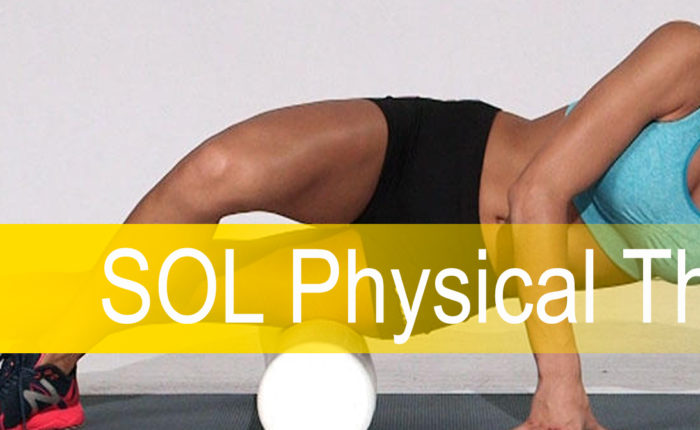As a patient or client of SOL, there’s no doubt you’ve been exposed to the ever so popular foam roller. It’s a love-hate relationship with that dense black roller; it seems to nearly beat you up whenever you’re together but it also somehow has the very best of intentions for your wellbeing.
Foam rolling falls into the category of self-myofascial release (SMR), which involves any form of self-massage that aims to release muscle tightness or trigger points. This method can be performed with a foam roller, lacrosse ball, Theracane, or even your own hands. By applying pressure to specific points on your body you are able to aid in the recovery of muscles and assist in returning them to the elastic, healthy, and ready to perform muscles you know and love.
But how does it actually work, and why are we subjecting ourselves to this cruel form of torture?
I guess it’s time to find out…
SMR helps address many systems of the body including the fascia, muscles, nerves, skin and blood vessels. The basic idea is that through the assistance of tools, an individual can self-massage to help break up and dissipate knots or restrictions in the fascia and muscle tissue surrounding it. By applying pressure to your muscles and tendons, you speed healing, reduce soreness, create elasticity and flexibility, and allow for freedom of movement. The rolling movement and pressure softens and releases tight fascia and sends blood and oxygen to your muscles. It’s kind of like a deep tissue massage that you can do to yourself. It is theorized that by breaking up these restrictions, the muscle fibers are positioned in better alignment along the natural lines of the muscle fibers, allowing the gliding surface of the fascia to move freely.
By regularly performing self-myofascial release, be ready for some of these very welcomed benefits to your body:
- Muscle relaxation
- Reduction of trigger point sensitivity and pain
- Reduced soreness and improved tissue recovery
- Improved range of motion
- Reduced adhesions and scar tissue
- Regulation of the production of compounds called cytokines, which play a role in decreasing inflammation
Ok, that’s all fine and well. but why does SMR feel so dang uncomfortable?
It’s pretty straightforward really…
The pressure you’re putting on your body during a foam roll session is often on muscles that are already tight or sore. The load applied to an overactive muscle can feel relatively tender, and sometimes downright painful. The importance here is to listen to your body and distinguish the “muscle soreness” type of pain from any other pains that may arise. Proper knowledge and technique of foam rolling are very important to get the most out of your SMR and to prevent any further injury. Learning how to use slow and consistent pressure and diaphragmatic breathing as a release technique, combined with ways to work on the tissue (pressure wave, oscillation, cross-friction) can facilitate a much better response in the body, versus just lying on the equipment, or moving to quickly without focus over it. Also be sure to never roll directly over any joints or bones.
If you’re still unsure of your SMR abilities, just ask!
Your therapist and trainer are no doubt foam-rolling experts, so feel free to send any questions or clarifications in their direction! Remember to stay hydrated, and work in a regular SMR routine to keep your body loosey-goosey and well recovered.
Your foam roller just might become your new best friend!
Don’t wait to feel better, make an appointment at SOL Physical Therapy today!


